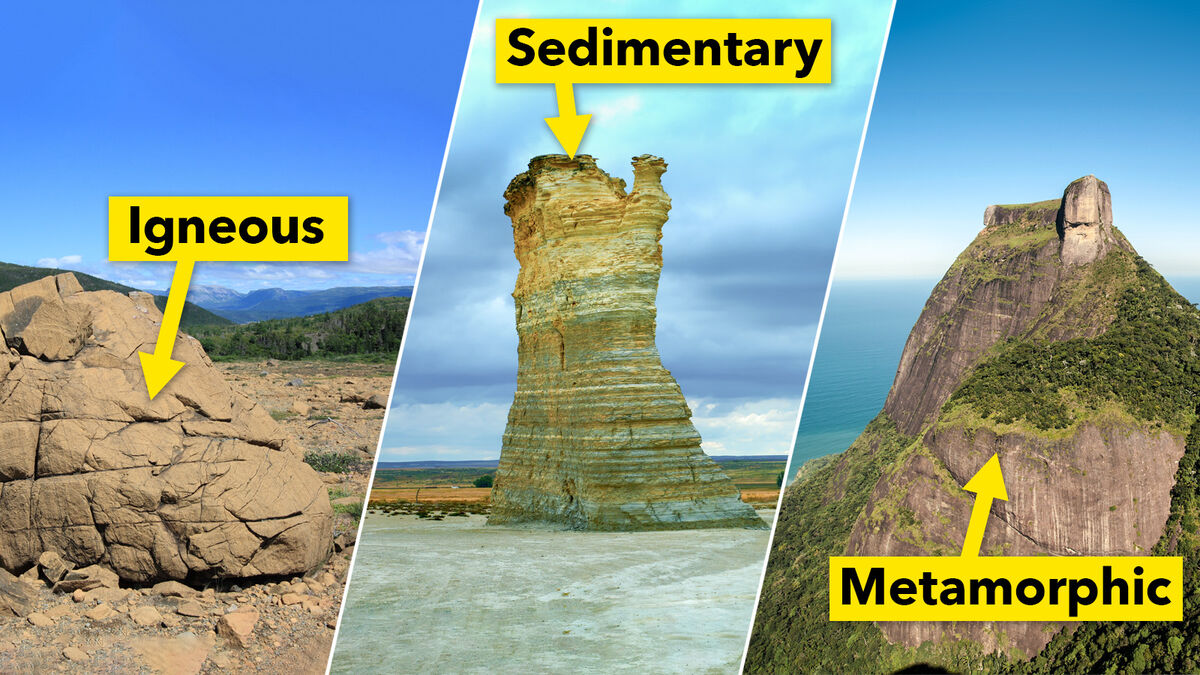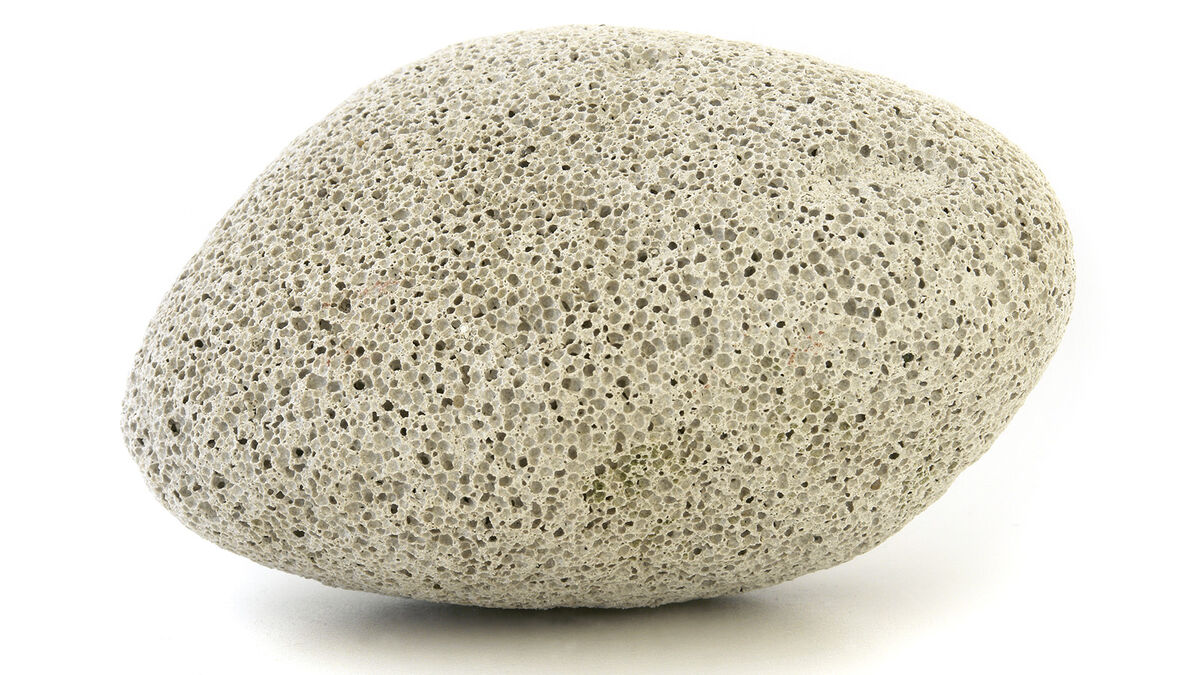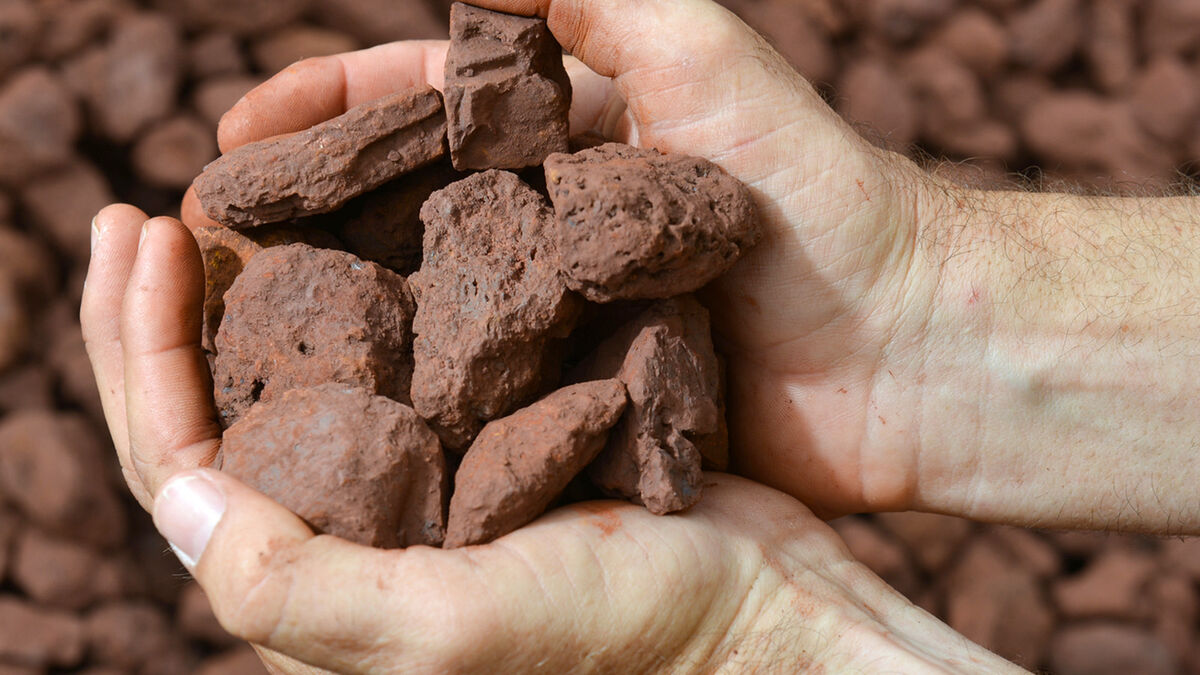
All rocks on Earth can be classified into three types of rocks. Each type of rock is made in a different way and has distinctive features. Discover examples of igneous rocks, metamorphic rocks, and sedimentary rocks to see what the different types of rocks look like.
Igneous Rocks
When molten rock, or melted rock, solidifies, igneous rocks are formed. There are two types of igneous rocks: intrusive and extrusive.
Intrusive Igneous Rocks
The slow cooling of molten rock under the Earth’s surface creates the large crystals in intrusive igneous rocks. Intrusive rocks are also called plutonic rocks.
Examples of intrusive igneous rocks are:
- diorite
- gabbro
- granite
- pegmatite
- peridotite
Extrusive Igneous Rocks
When molten rock breaks the Earth’s surface and cools quickly with small crystals, it’s called an extrusive igneous rock.
Examples of extrusive igneous rocks are:
- andesite
- basalt
- dacite
- obsidian
- pumice

- rhyolite
- scoria
- tuff
Properties of Igneous Rocks
Different types of igneous rocks have different properties, but there are some general properties that help identify all igneous rocks.
- They all contain minerals.
- The majority are made up of silicate materials.
- The process of igneous rock formation cannot be directly observed.
- They can be fine-grained or close-grained.
- Lava that cools quickly often has a glassy texture.
Sedimentary Rocks
Layers of silt, sand, dead plant matter, and dead animal matter press together on or near the Earth’s surface to form sedimentary rocks. There are three basic types of sedimentary rocks: clastic, chemical, and organic.
Clastic Sedimentary Rocks
Debris from mechanical weathering, or the process of rocks breaking down from larger to smaller pieces, forms clastic sedimentary rocks. These rocks are also called inorganic detrital rocks.
Examples of clastic sedimentary rocks are:
- breccia
- conglomerate
- sandstone
- siltstone
- shale
Chemical Sedimentary Rocks
When dissolved minerals come out of water, they form chemical sedimentary rocks.
Examples of chemical sedimentary rocks are:
- castile evaporite
- chalk
- chert
- flint
- gypsum
- iron ore

- limestone
- rock salt
Organic Sedimentary Rocks
The accumulation of animal and plant debris forms organic sedimentary rocks. These rocks can also be called organic detrital rocks.
Examples of organic sedimentary rocks are:
- coal
- coquina
- fossiliferous limestone
Properties of Sedimentary Rocks
The properties of sedimentary rocks vary slightly from rock to rock.
- Clastic sedimentary rocks are made up of rock and mineral grains you can see with the naked eye or a microscope.
- The texture of igneous rocks is either fragmental or crystalline.
- Sedimentary rocks are found mostly on the Earth’s surface.
- These rocks contain the fossil record of ancient plants and animals.
Metamorphic Rocks
Rocks modified by heat, pressure, and chemical processes underground are called metamorphic rocks. There are two main types of metamorphic rocks: foliated and non-foliated.
Foliated Metamorphic Rocks
These rocks appear to be banded, or layered, which is caused by directed pressure and heat.
Examples of foliated metamorphic rocks are:
- gneiss

- phyllite
- schist
- slate
Non-Foliated Metamorphics
Metamorphic rocks that don’t appear banded are non-foliated.
Examples of non-foliated metamorphic rocks are:
- amphibolite
- hornfels
- marble
- novaculite
- quartzite
- soapstone
Properties of Metamorphic Rocks
Since all metamorphic rocks start out as other types of rocks, the properties of metamorphic rocks can vary.
- Metamorphic rocks are generally crystalline in texture.
- They often have a banded, or squashed look.
- They do not get hot enough to melt.
Rock Types
These examples of different types of rocks can help you explore the geology of the Earth. Continue your own geology lessons by exploring the different types of crystals and different types of fossils.